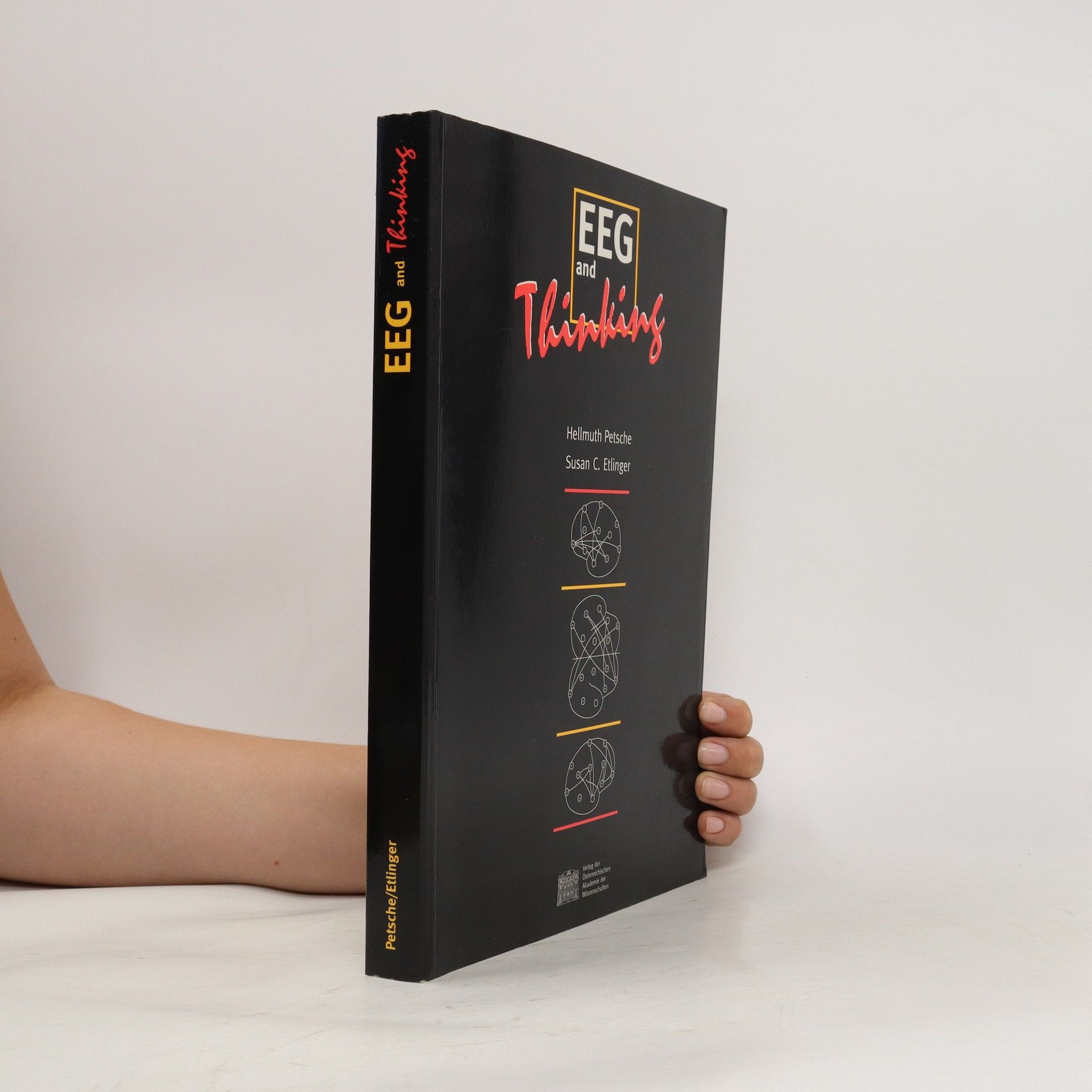The electric fields of brain activity are interwoven like the weaving and texture of a shimmering fabric; it is the weaving and texture of this fabric that should catch our eye, not merely the thickness of the cloth (Grey Walter 1953). Seen under this aspect, the electric mass actions of the brain prove to contain an immense wealth of information. One key for its detection and explanation is supplied by spectral analysis, and more closely: coherence estimates. In addition to the analysis of local power, coherence informs about the functional relationships of different brain regions, their adequate cooperation being a stringent condition for their correct functioning. Thus, studying coherence opens a way for the exploration of mental events. By this method, EEG aspects of even complex cognitive processes, which underlie mental events so remote as listening to music, to speech, mental arithmetic, watching pictures, mental interpreting, reading and special creative processes can be made visible. The method focusses on presenting the electrical features averaged over one minute as compared with the averaged EEG at rest. The main aim of this book is to display the rich gamut of statistically verified EEG results and to show ways for using them in psychology, neurology and psychiatry. \r\nHellmuth Petsche, M. D., emeritus professor and former head of the Institute for Neurophysiology of the University of Vienna, has been active in EEG research since 1952. After his design of a toposcopic display and research on the generation and the spread of electric fields in the brain of epilepsies in men and rabbits, he turned, in 1978, to the exploration of the EEG during cognitive processes, in particular in connection with music. His coworker, Susan C. Etlinger, Ph. D., Asst. Prof., is on the faculty of the Institute for Psychology, also University of Vienna. She has, since the early '80s, been studying cortical and subcortical brain-electric and brain-metabolic activity in relation to various types of psychological performance (e. g. perception, attention, discrimination, decision-making ...) at the Institute for Experimental Medicine (Soviet Academy of Medical Sciences, Leningrad, USSR) and the Brain Center of the Russian Academy of Sciences, St. Petersburg.
Hellmuth Petsche Knihy


Die in diesem Band enthaltenen Aufsätze basieren auf Vorträgen des 4. Symposiums der Herbert-von-Karajan-Stiftung der Gesellschaft der Musikfreunde in Wien, das am 24. und 25. Mai 1988 stattfand. Sie beleuchten das Thema Mensch und Musik aus verschiedenen natur- und geisteswissenschaftlichen Perspektiven und Methoden. Diese Vielfalt zeigt, dass naturwissenschaftliche Ansätze ein vertieftes Verständnis für die Wirkung von Musik auf den Menschen ermöglichen. Gleichzeitig können Fragen von Musikern und Musikologen neuropsychologische Erkenntnisse hervorbringen, die über die Musik hinaus von Bedeutung sind. Das Symposium fungiert somit als Geburtsstätte neuer Ideen und Konzepte, die sowohl für die Musikwissenschaft als auch für die Naturwissenschaften von Nutzen sind. Besonders das Round-table-Gespräch, bei dem Vertreter verschiedener Disziplinen in einer freundlichen Atmosphäre ihre Standpunkte austauschen, fördert das Verständnis und die Verbindung zur Musikpraxis. Dies mindert das Risiko, dass die Diskussion in esoterische Bereiche abdriftet. Ein besonderer Dank gilt Herbert von Karajan, der nicht nur als Zuhörer, sondern auch mit seinem Erfahrungsschatz zur Verwirklichung der Grundidee dieser Veranstaltung beitrug, sowie der Gesellschaft der Musikfreunde und deren Präsidenten.